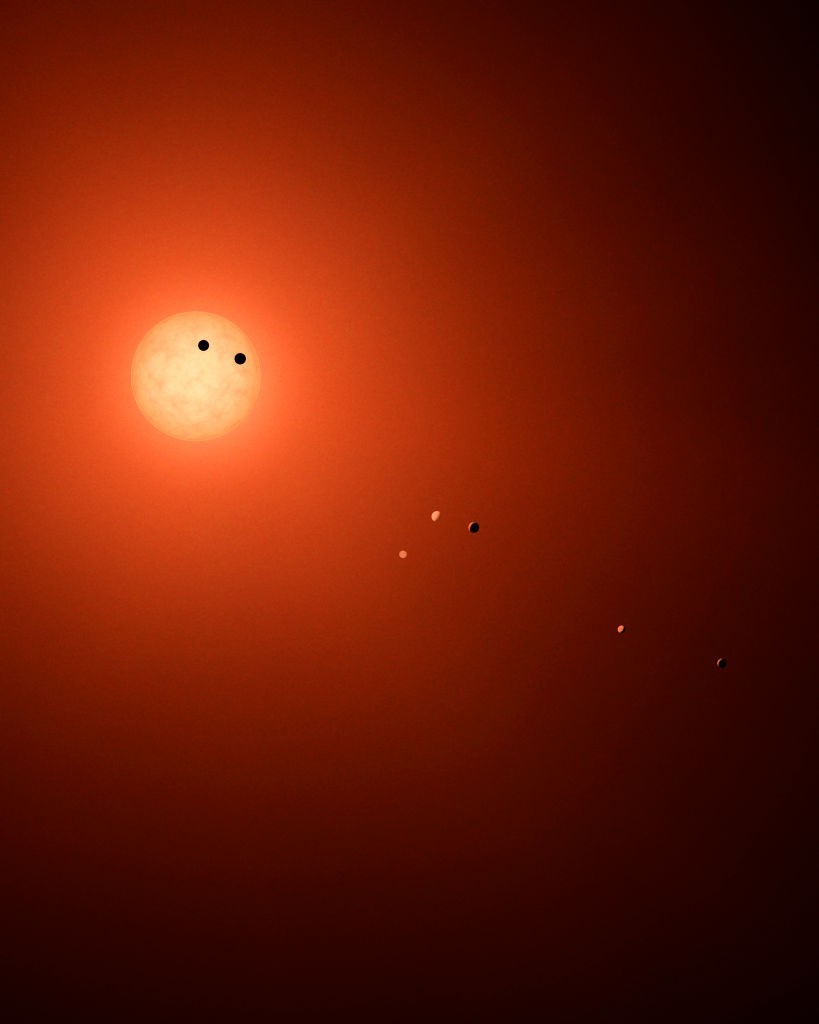The Solar Orbiter, which is owned by both ESA (European Space Agency) and NASA, catches Mercury traveling across the face of the Sun and you can watch such a glorious encounter with ESA's newly-released video of the transit.
Mercury appears as a dark circle in the lower right quadrant of the Polarimetric and Helioseismic Imager (PHI) image.

Mercury Passing By
The movement of the planet was captured on film by the Extreme Ultraviolet Imager (EUI). It displayed Mercury immediately after it had separated from the disc and was silhouetted against gaseous solar atmosphere structures.
The numerous layers of the Sun's atmosphere, which exist at various temperatures, can be seen by looking at these particular atoms.
"It's not just looking at Mercury passing in front of the Sun, but passing in front of the different layers of the atmosphere, Miho Janvier, a deputy project scientist of SPICE (Spectral Imaging of the Coronal Environment), said in a press release statement.
Astronomers have employed planetary transits for a variety of purposes. They were once employed to determine the size of our solar system. The transit would be timed by observers in dispersed locations, and the results would then be compared.
According to ESA, transits are one of the most effective ways of locating planets around stars. The space agency is using this method in finding exoplanets for its Cheops (CHaracterising ExOPlanet Satellite) mission.
Future transit searches for Earth-sized planets in the habitable zones of up to one million stars will also be conducted by the PLAnetary Transits and Oscillations of Stars (PLATO) project.
The Atmospheric Remote-sensing Infrared Exoplanet Large-survey (Ariel) project of the ESA will employ transits in 2029 to examine the atmospheres of over 1000 known exoplanets.
Read Also : ESA's Solaris Program Will Study 24/7 Space-Based Solar Energy to Potentially Send Solar Farms Into Space
Point Spread Function
This specific transit provided Solar Orbiter with a crucial opportunity to calibrate the equipment. According to Daniel Müller, Solar Orbiter Project Scientist at the ESA, it is a verified black object that is traveling through our field of view.
The point spread function, which describes how the device transmits its light, must be the source of any brightness the sensor detects within Mercury's disc, according to ESA.
ESA launched the BepiColombo mission to get a closer look at Mercury. In June 2023, it will conduct its subsequent close flyby of the planet. Meanwhile, Solar Orbiter will make its next near flyby of the Sun in April.
Related Article : 'Solar Snake' Seen Slithering on the Sun's Surface; NASA, ESA's Solar Orbiter Captures Phenomenon

ⓒ 2025 TECHTIMES.com All rights reserved. Do not reproduce without permission.




